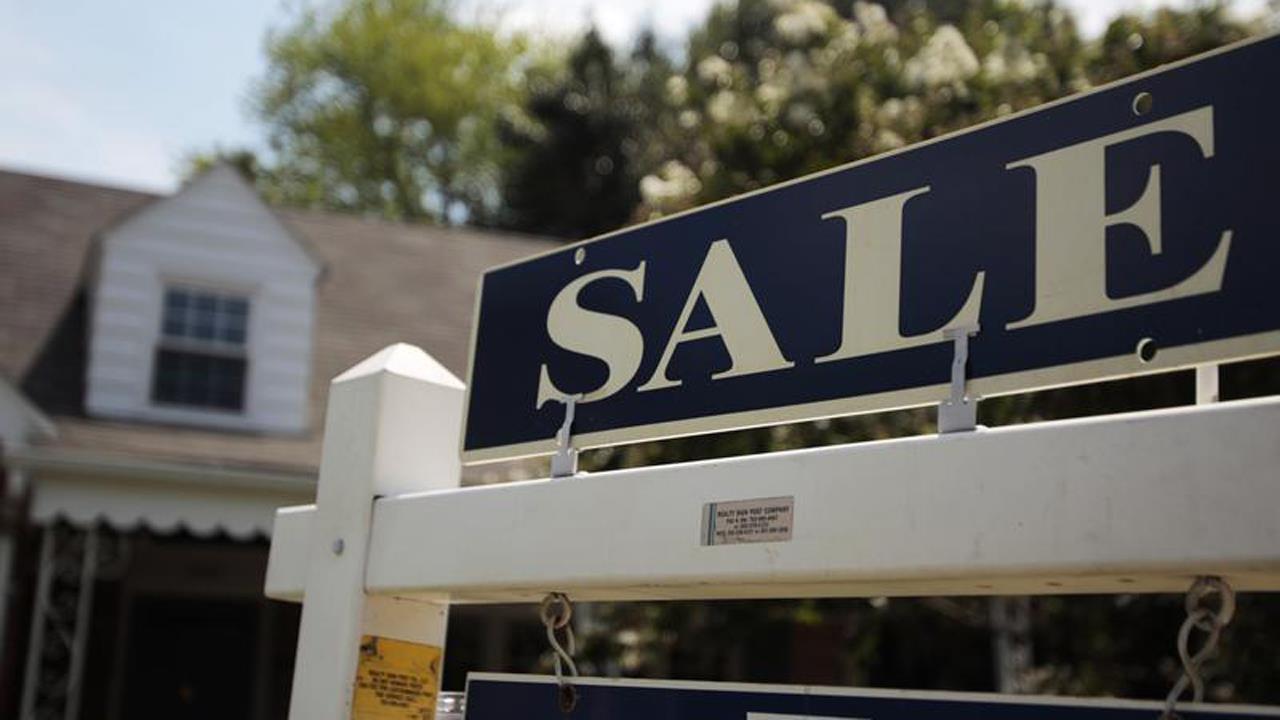Housing starts hit 10-year high
WASHINGTON, Dec 19 (Reuters) - U.S. homebuilding unexpectedly rose in November, with the construction of single-family housing units surging to a 10-year high, but revisions to the prior month's data indicated the sector was continuing to struggle with supply constraints.
Housing starts increased 3.3 percent to a seasonally adjusted annual rate of 1.297 million units, the Commerce Department said on Tuesday. That was the highest level since October 2016. But October's sales pace was revised down to 1.256 million units from the previously reported 1.290 million units.
Economists polled by Reuters had forecast housing starts decreasing to a pace of 1.250 million units last month.
Homebuilding has weakened this year, reflecting supply bottlenecks. Demand for housing, however, remains robust amid a labor market that is near full employment.
Builders have struggled with land and labor shortages as well as more expensive lumber. Activity also took a hit from recent hurricanes that devastated parts of the heavily-populated South. A survey on Monday showed confidence among homebuilders soaring to near an 18-1/2-year high in December, amid optimism over buyer traffic and sales over the next six months.
Last month, single-family homebuilding, which accounts for the largest share of the housing market, jumped 5.3 percent to a rate of 930,000 units. That was the highest level since September 2007.
Single-family home construction in the South shot up 8.4 percent last month to the highest level since July 2007 as the hurricane-related disruptions continued to fade and communities in the region replaced houses damaged by flooding.
Single-family starts in the West surged 11.4 percent to their highest level since July 2007. They were unchanged in the Northeast and fell 11.1 percent in the Midwest.
Starts for the volatile multi-family housing segment fell 1.6 percent to a rate of 367,000 units.
Building permits dropped 1.4 percent to a rate of 1.298 million units in November. Single-family home permits rose 1.4 percent, while permits for the construction of multi-family homes declined 6.4 percent.
(Reporting by Lucia Mutikani; Editing by Paul Simao)

